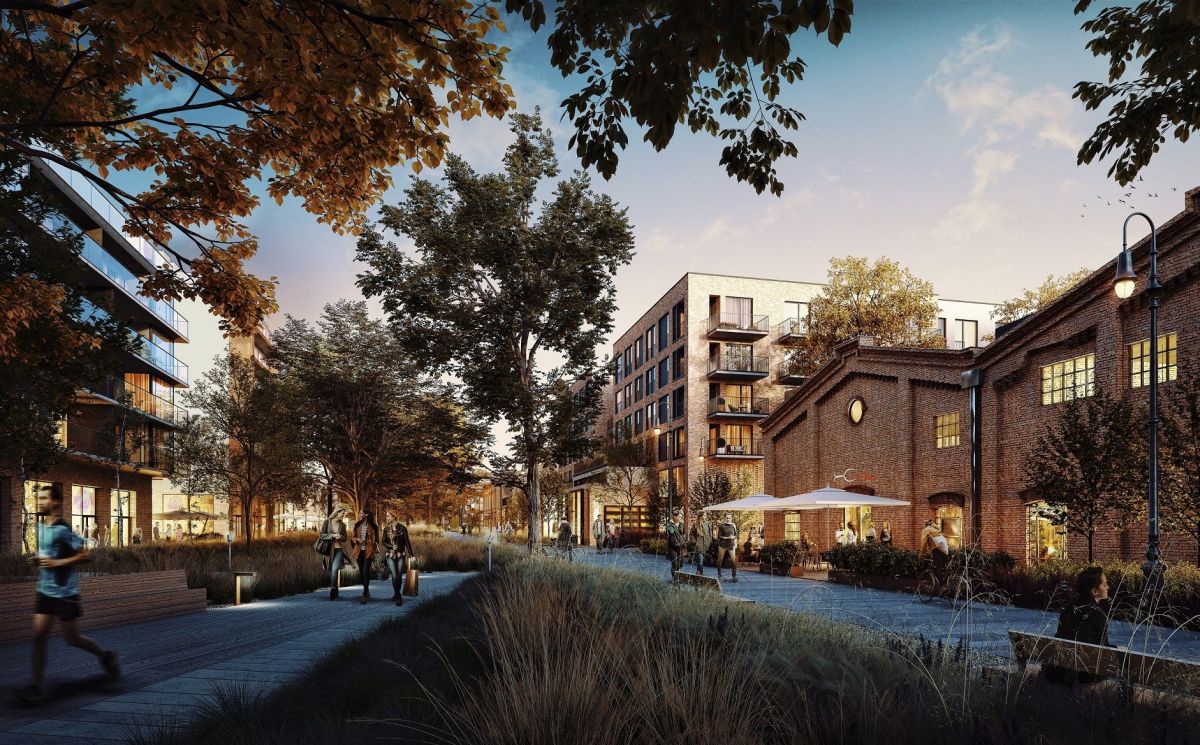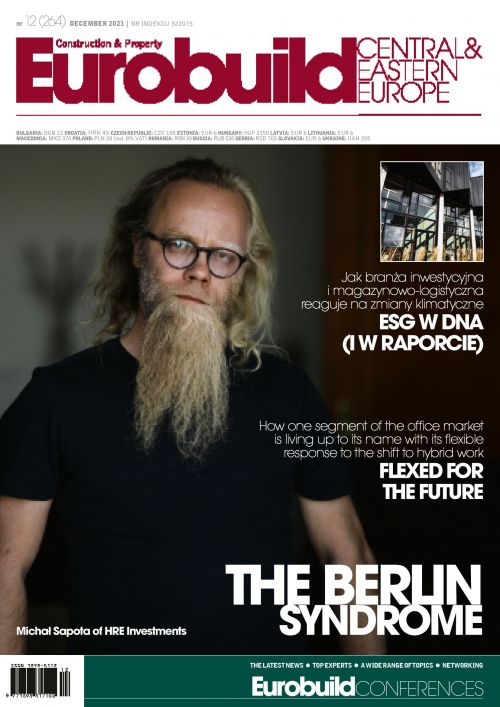What exactly are linear parks? According to landscape architect Maciej Sikorski of the LS-Project studio, who has designed many such linear parks, they are green areas within a city that have an elongated form as a result of been built over existing infrastructure such as communication routes. “Parks like this are created to keep greenery within the city and connect up different areas. The green area acts as the main connector or as a corridor,” he explains. The reasons for creating such parks are just the same as for any other green area in a city – to provide recreation and relaxation zones and to improve the environment. “Having areas that are biologically active in cities mitigates the effects of climate change, improves the quality of life and makes an area more aesthetically pleasing,” believes Anna Stopińska, the press officer of Warsaw City Green Management [Zarząd Zieleni m.st. Warszawy]. She also adds that another additional reason for establis































































